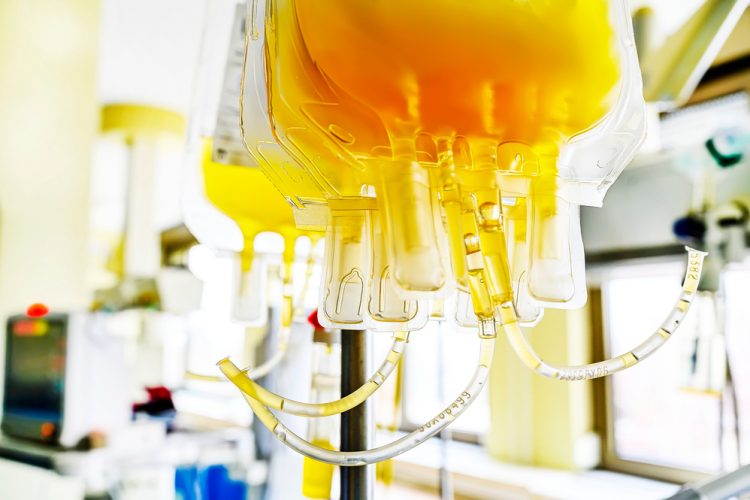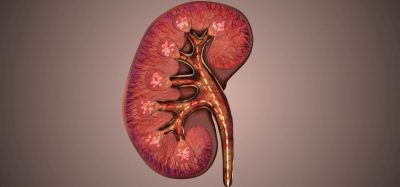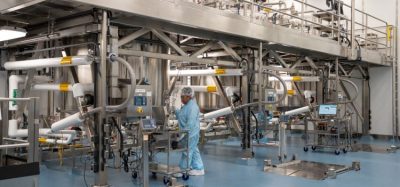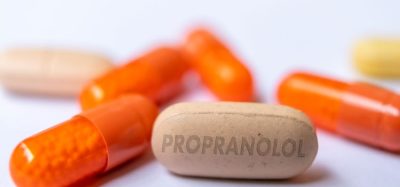Severely ill COVID-19 patients treated with convalescent plasma therapy
Posted: 17 August 2020 | Victoria Rees (European Pharmaceutical Review) | No comments yet
Preliminary data from a study has shown that convalescent plasma therapy is safe and can combat COVID-19 in severely ill patients.


A preliminary analysis of an ongoing study of more than 300 COVID-19 patients treated with convalescent plasma therapy suggests the treatment is safe and effective. The study was conducted at Houston Methodist, US.
In March, Houston Methodist became the first academic medical centre in the US to infuse critically ill COVID-19 patients with plasma donated from recovered patients. The study tracked severely ill patients admitted to Houston Methodist’s system of eight hospitals from 28 March through 6 July.
The researchers say the results that measured the medical effectiveness of the plasma offer valuable scientific evidence that transfusing critically ill COVID-19 patients with high antibody plasma early in their illness reduced the mortality rate. They found that infusion within 72 hours after hospitalisation proved most effective.
“Our studies to date show the treatment is safe and in a promising number of patients, effective,” said corresponding author Dr James Musser, chair of the Department of Pathology and Genomic Medicine at Houston Methodist. “While convalescent plasma therapy remains experimental and we have more research to do and data to collect, we now have more evidence than ever that this century-old plasma therapy has merit, is safe and can help reduce the death rate from this virus.”
The research team found that those treated early in their illness with donated plasma that has the highest concentration of anti-COVID-19 antibodies are more likely to survive and recover than similar patients who were not treated with convalescent plasma. Patients with a history of severe reactions to blood transfusions, those with underlying uncompensated and untreatable end-stage disease and patients with fluid overload or other conditions that would increase the risk of plasma transfusion were excluded.
The patients were tracked for 28 days after plasma transfusion and compared to a control group of similar COVID-19 patients who did not receive convalescent plasma. An observational propensity score-matched analysis was used to balance the characteristics of participants and allow for an objective interpretation of the results at this stage.
The study was published in the American Journal of Pathology.
Related topics
Clinical Development, Clinical Trials, Drug Development, Drug Safety, Research & Development (R&D), Therapeutics









